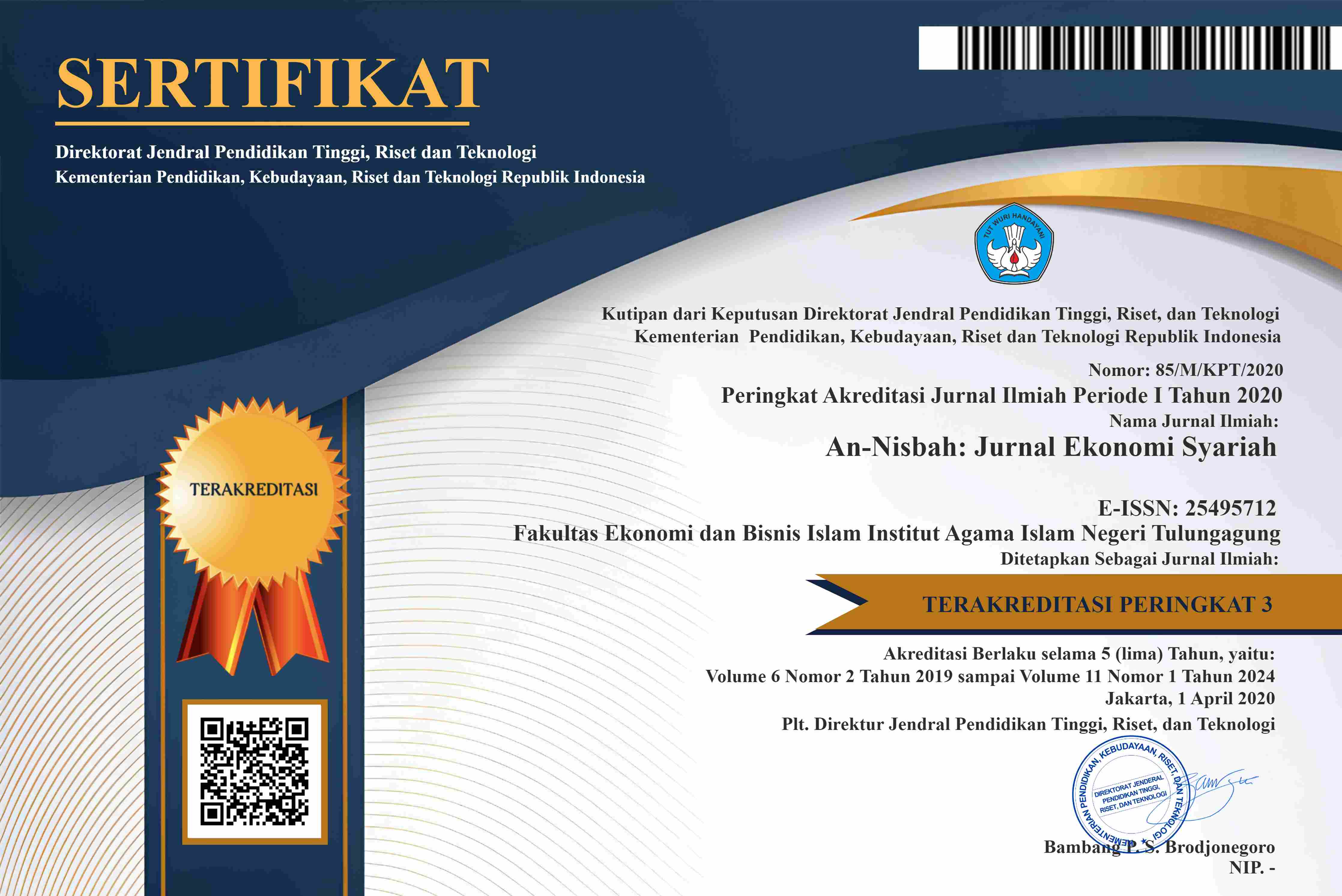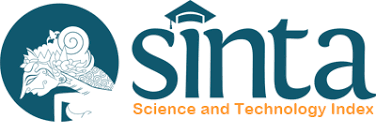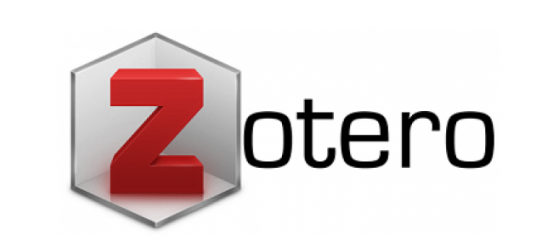THIRD PARTY FUNDS AND WORKING CAPITAL FINANCING AT ISLAMIC BANKS IN INDONESIA: ARDL-ECM APPROACH
Abstract
Abstrak: Penelitian ini bertujuan untuk menganalisis pengaruh dana pihak ketiga dan tingkat margin pembiayaan terhadap realisasi pembiayaan modal kerja yang disalurkan bank syariah pada sektor UMKM di Indonesia. Menggunakan data time series selama periode 2014.6-2018.9, model analisis yang digunakan adalah autoregressive distributed lag (ARDL). Penelitian mengungkapkan adanya hubungan kointegrasi jangka panjang antara realisasi pembiayaan dengan dana pihak ketiga dan tingkat margin pembiayaan. Dalam jangka panjang dan jangka pendek, dana pihak ketiga berpengaruh positif dan signifikan terhadap pembiayaan modal kerja. Selanjutnya, tingkat margin berpengaruh negatif dan signifikan dalam jangka pendek, tetapi tidak berpengaruh dalam jangka panjang.
Kata kunci: Pembiayaan Modal Kerja, Dana Pihak Ketiga, tingkat Margin Pembiayaan, ARDL-ECM.
Abstract: This research aims to analyze the influence of third-party funds and the yield rate of financing on the realization of working capital financing distributed by Islamic banks to the MSMEs sector in Indonesia. Using time series data for the period 2014M6-2018M9, the analysis model used is autoregressive distributed lag (ARDL). The research pointed out that there is a long-term cointegration relationship between the realization of Islamic financing with third-party funds and the yield rate. In the long term and short term, third-party funds have a positive and significant effect on working capital financing. Furthermore, the yield rate has a negative and significant effect in the short term but has no effect in the long term.
Keywords: Working capital financing, Third-party funds, Yield rate of financing, ARDL-ECM.
Downloads
References
Adeleye, B. N. (2020). Unbundling interest rate and bank credit nexus on income inequality: structural break analysis from Nigeria. Journal of Financial Regulation and Compliance, ahead-of-print(ahead-of-print). doi:10.1108/jfrc-04-2020-0035
Amelia, E., & Fauziah, H. E. (2017). Determinant of mudharaba financing: A study at Indonesian islamic rural banking. Etikonomi, 16 (1), 43 – 52.
Anwar, C., & Miqdad, M. (2017). Pengaruh dana pihak ketiga (DPK), capital adequacy ratio (CAR), return on asset (ROA) terhadap pembiayaan mudharabah pada bank umum syariah tahun 2008 – 2012. Riset & Jurnal Akuntansi, 1(1), 1-6.
Chen, Z., Wang, Z., & Jiang, H. (2019). Analyzing the heterogeneous impacts of high-speed rail entry on air travel in China: A hierarchical panel regression approach. Transportation Research Part A: Policy and Practice, 127, 86–98. doi:10.1016/j.tra.2019.07.004
Egilsson, J.H. (2020) How raising interest rates can cause
inflation and currency depreciation, Journal of Applied Economics, 23(1), 450-468, DOI: 10.1080/15140326.2020.1795526
Gwaison, P. D., Maimako, L. N., & Mwolchet, P. S. (2021). Capital market and economic growth in Nigeria: An Autoregressive Distributed Lag (ARDL) Bounds Testing Approach. International Journal of Finance Research, 1(2), 74–92. https://doi.org/10.47747/financeinvestmentderivative.v1i2.113
Husaeni, U. A. (2016). The variables effects of Murabaḥah in Islamic commercial banks, International Journal of Nusantara Islam, 4(2), 1-16.
Ikhsan, I., Fitri, C. D., Maulana, H., & Amri, K. (2020). Effect of inflation on total deposits and financing of sharia commercial banks: A monthly data evidence from Indonesia. Regional Science Inquiry, 12 (1), 103-114
Laili, N., & Tanjung, H. (2019). Analysis of factors affecting islamic bank financing for the fisheries sector in Indonesia. Abdimas Talenta, 4 (2), 568-583.
Mahrous, S. N., Samak, N., & Abdelsalam, M. A. M. (2020). The effect of monetary policy on credit risk: evidence from the MENA region countries. Review of Economics and Political Science, 5(4), 289-304. https://doi.org/10.1108/REPS-07-2019-0099
Maiti, M., Esson, I. A., & Vuković, D. (2020). The impact of interest rate on the demand for credit in Ghana. Journal of Public Affairs. doi:10.1002/pa.2098
Moussa, M. A. B., & Chedia, H. (2016). Determinants of bank lending: Case of Tunisia, International Journal of Finance and Accounting, 5(1): 27-36
Musakwa, M.T., & Odhiambo, N.M. (2019). THE impact of remittance inflows on poverty in Botswana: an ARDL approach. Economic Structures 8, 42.https://doi.org/10.1186/s40008-019-0175-x
Nazir, M. S., Naqvi, I. H., & Nawaz, M. M. (2013). Role of rate of return, inflation and deposits on loan supply: An empirical study of banking sector in Pakistan, African Journal of Business Management, 7(25), 2427-2431
Olaoluwa, F., & Shomade, H. (2017). Appraisal of monetary policies on commercial bank lending behaviour in Nigeria banking industry from 1980 to 2014. Global Journal of Human-Social Science: Economics, 17(4), 1–9.
Olusanya, S., Oyebo, A., & Ohadebere, E. (2012). Determinants of lending behaviour of commercial banks: Evidence from Nigeria. A co-integration analysis (1975–2010). Journal of Humanities and Social Science, 5(5), 71–80.
Prihartadi, M. T. (2016). Pengaruh dana pihak ketiga dan tingkat bagi hasil terhadap pembiayaan mudharabah pada BRI Syariah cabang Surabaya Gubeng periode 2013-2015. eL-Qist, 6(1),1-16.
Qayyum, A. (2002). Demand for Bank Lending by the Private Business Sector in Pakistan. The Pakistan Development Review, 41(2), 149-159. Retrieved August 18, 2021, from http://www.jstor.org/stable/41260458
Ridzuan, A. R., Saad, R. M., Subramaniam, G., Amin, S. M., & Borhan, H. (2019). The link between financial sector development and income distribution: Evidence from Singapore. International Journal of Business and Society, 20(2), 627–640
Ryad, A. M., & Yuliawati, Y. (2017). Pengaruh dana pihak ketiga (DPK), capital adequacy ratio (CAR), non-performing finance (NPF) terhadap pembiayaan. Jurnal Riset Akuntansi dan Keuangan, 5 (3), 1535-1540
Shrestha, M. B., & Bhatta, G. R. (2018). Selecting appropriate methodological framework for time series data analysis. The Journal of Finance and Data Science, 4(2), 71–89.
Silviany, R., & Habib, M. A. F. (2023). Strategi Bank Syariah Indonesia KCP Tulungagung Trade Center dalam Menghadapi Persaingan di Industri Perbankan. Journal on Education, 5(3), 10250-10264.
Sudarsono, H., Mifrahi, M. N., Susantun, I., Rudatin, A., & Ruchba, S. M. (2019). Analysis of factors affecting the financing with Islamic banks in agriculture sectors. Asian Journal of Islamic Management (AJIM), 1(2), 116-126
Tursoy, T. (2019). The interaction between stock prices and interest rates in Turkey: empirical evidence from ARDL bounds test cointegration. Financial Innovation, 5(1). https://doi.org/10.1186/s40854-019-0124-6.
Yitayaw, M. (2021). Firm-specific, industry-specific and macroeconomic determinants of commercial banks’ lending in Ethiopia: Panel data approach. Cogent Economics & Finance, 9(1), 1952718. doi:10.1080/23322039.2021.1952.
Zameer, H., Yasmeen, H., Zafar, M.W., Waheed, A., & Sinha, A. (2020). Analyzing the association between innovation, economic growth, and environment: divulging the importance of FDI and trade openness in India. Environ Sci Pollut Res 27, 29539–29553 (2020). https://doi.org/10.1007/s11356-020-09112-5
The author has full rights to the articles that has been sent to An-Nisbah: Jurnal Ekonomi Syariah. The author is responsible for the originality of the articles and all the references used in the journal script.








